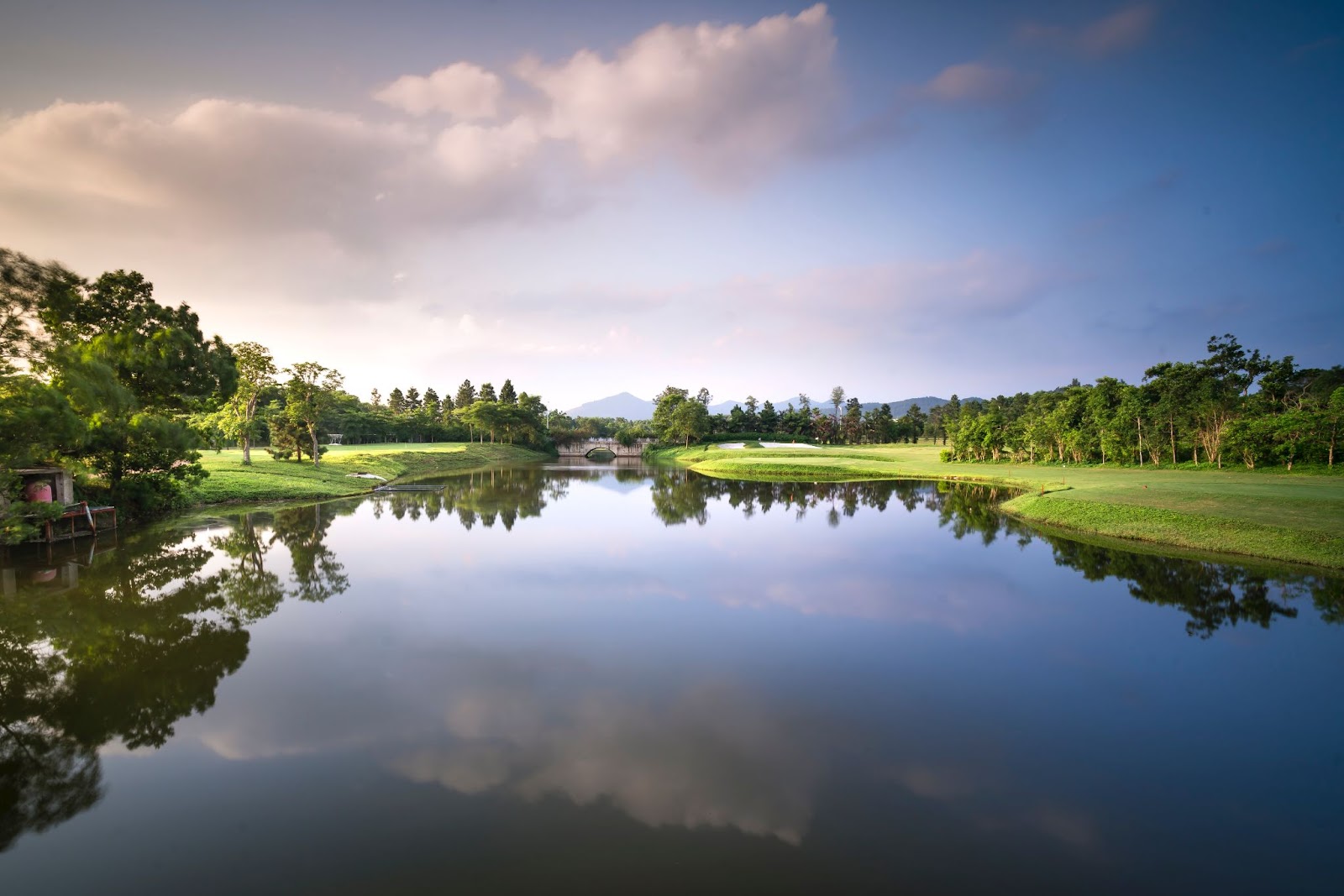Aquatic Environment
Why is there glyphosate in water bodies?
Glyphosate, and its main metabolite aminomethylphosphonic acid (AMPA) is often present in most of our freshwater bodies, in Europe and around the world. Contamination of the aquatic environment typically occurs due to the use of glyphosate-based herbicides in agricultural fields, through leaching, atmospheric drift or land runoff following rainfalls. In rare cases, it is applied directly to water resources.
Why is this concerning for the aquatic environment?
Numerous scientific studies have shown the ecotoxicological effects of glyphosate on aquatic species. Glyphosate has been classified as being toxic to aquatic life with long-lasting effects (Aquatic Chronic 2; H411) in the EU (CLP legislation), although there is scientific evidence (Fiorino et al., 2018, Uren Webster & Santos, 2015) showing that glyphosate can be toxic to aquatic species at lower concentrations, justifying, therefore, a higher classification (Aquatic Chronic 1).
Glyphosate is a broad-spectrum herbicide, meaning that it can kill all plants, including aquatic plants and algae. It does so by blocking a specific enzymatic pathway (known as the shikimic acid pathway), which produces amino acids and other essential nutrients for plant growth and survival. In the aquatic environment, the weed killer can be toxic to macrophyte communities (large aquatic plants) which provide habitat for many species and organisms (zooplanktonic, phytoplanktonic, and periphytic communities including fish).
Additionally, exposure to glyphosate and GBH alters plankton and algae communities. According to studies, even low concentrations of glyphosate in water, as little as 0.1 mg/L, were sufficient to cause a loss of diversity in zooplanktonic communities (Barbosa Da Costa et al., 2021; Hébert et al., 2021).
This is a matter of concern, as the structure and function of freshwater ecosystems depend on the equilibrium of the abundances of the different species. Therefore, changes in the structure of the communities of species not only alter the food web structure and population dynamics but can have negative consequences on all related ecosystem processes.
More worryingly, scientific findings show that glyphosate and GBH are also toxic to non-plant organisms. The substance has been linked to chronic toxicity in aquatic species in Europe (ECHA) and adverse effects have been reported in insects, crustaceans, molluscs, amphibians and fish. These include reproductive and developmental abnormalities, DNA damage, immune system alterations, oxidative stress and decreased capacity for stress response. Glyphosate exposure has also been linked to critical behavioural changes that may affect feeding, flight from predators and mating and threaten the survival of these species.
Some aquatic species, such as amphibians, show increased sensitivity to glyphosate-based products, which is of concern as these are not as thoroughly assessed during the risk assessment procedure.
Direct exposure to glyphosate or glyphosate-based products will have a negative impact on aquatic species and can put their populations at risk. It is important to consider that glyphosate-based products can be more toxic than glyphosate alone, as they also contain co-formulants or adjuvants that are added to increase the absorption of glyphosate by the target plants and augment the overall efficacy of the product as a herbicide.
Resources
Articles :
ANSES (2022) : Des recherches pour connaître l’impact du glyphosate sur les truites - Générations Futures
Mc Gill University (2021) : Freshwater ecosystems at risk due to glyphosate use
Eco Watch (2016) : Legal Levels of Roundup Pose Risks for Stream Algae
Scientific research papers
Naylor, D et al., “Global transcriptomic profiling demonstrates induction of oxidative stress and of compensatory cellular stress responses in brown trout exposed to glyphosate and Roundup” (BMC Genomics 16(1):32, 2015).
Fiorino E et al., “Effects of glyphosate on early life stages: comparison between Cyprinus carpio and Danio rerio”, (Environ Sci Pollut Res Int. 2018).
Flach, H. et al., “Glyphosate without Co-formulants affects embryonic development of the south african clawed frog Xenopus laevis” (Ecotoxicology and Environmental Safety, 260, 2018).
Barbosa da Costa N et al., “Resistance, resilience, and functional redundancy of freshwater bacterioplankton communities facing a gradient of agricultural stressors in a mesocosm experiment”, (Ecol. 2021 Oct;30(19)).
Sesin V et al., “Glyphosate Toxicity to Native Nontarget Macrophytes Following Three Different Routes of Incidental Exposure” (Integr Environ Assess Manag. 2021 May;17(3)).

